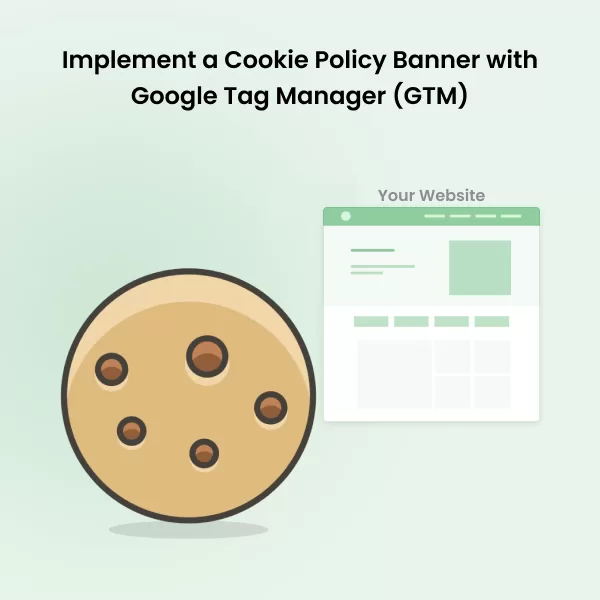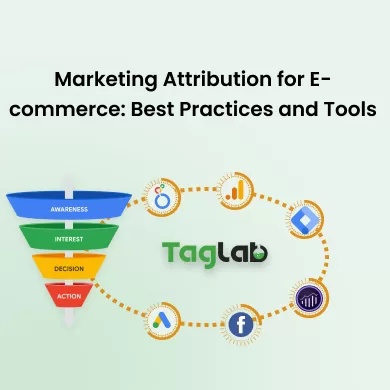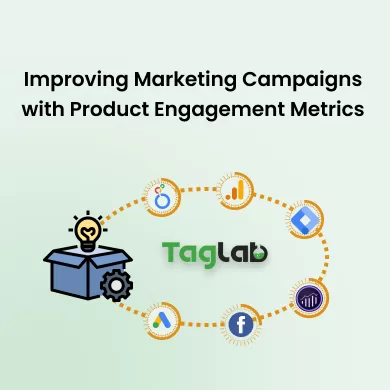Your cart is currently empty!
Social Media Traffic
Posted by:
|
On:
|
Social Media Traffic is a key performance indicator (KPI) that measures the number of visitors who arrive at a website through social media platforms. This metric is crucial for understanding the effectiveness of social media campaigns in driving traffic to a website and for evaluating the role of social media in the overall digital marketing strategy.
Detailed Explanation
What is Social Media Traffic?
Social Media Traffic refers to the visitors who come to a website from social media channels such as Facebook, Instagram, Twitter, LinkedIn, and others. This traffic can be generated through organic social media posts, paid advertisements, or direct links shared on social media platforms. Monitoring Social Media Traffic helps businesses understand how well their social media efforts are translating into website visits and can provide insights into the types of content and platforms that are most effective in attracting visitors.
How it Works?
Social Media Traffic is tracked using analytics tools like Google Analytics, which can identify the source of website visits. For example, if a user clicks on a link in a Facebook post and lands on a website, this visit is recorded as Social Media Traffic. The volume of Social Media Traffic can indicate the effectiveness of social media campaigns and help businesses optimize their strategies to increase engagement and drive more visitors to their site.
Types of Social Media Traffic Metrics
- Organic Social Media Traffic: Visitors who come to the website from unpaid social media posts or shares.
- Paid Social Media Traffic: Visitors who arrive at the website through paid social media advertisements or sponsored posts.
- Referral Traffic: Traffic that comes from social media platforms but is not directly from the company’s own social media activities, such as mentions or shares by other users.
- Platform-Specific Traffic: Traffic segmented by the social media platform it originated from, such as Facebook, Instagram, Twitter, etc.
Illustrative Scenarios
Examples
- If a business runs a campaign on Instagram and sees a significant increase in website visits from Instagram users, this indicates successful Social Media Traffic generation from that platform.
- A company notices a spike in traffic from LinkedIn after publishing a thought leadership article, highlighting the effectiveness of LinkedIn as a traffic source for professional content.
Segmentation
Analyzing Social Media Traffic by different segments (e.g., by platform, campaign, or content type) can provide deeper insights into which social media strategies are most effective. For example, comparing traffic from different platforms can help determine where to focus social media efforts to maximize visitor numbers.
Factors Influencing Social Media Traffic
- Content Relevance and Quality: High-quality, engaging content is more likely to attract clicks and drive traffic from social media platforms.
- Platform Selection: The choice of social media platforms plays a significant role in the volume and quality of traffic generated.
- Posting Frequency and Timing: Regular posting and sharing content at optimal times can increase the likelihood of generating social media traffic.
- Engagement and Interaction: Higher engagement rates, such as likes, shares, and comments, can lead to increased traffic as the content reaches a broader audience.
- Advertising Spend: Investing in paid social media ads can significantly boost traffic by reaching targeted audiences more effectively.
Strategies to Improve Social Media Traffic
- Creating Shareable Content: Focus on producing content that resonates with your audience and encourages them to share it with their networks.
- Optimizing Post Timing: Post content during peak activity times when your target audience is most likely to be online and engaging with social media.
- Using Visual Content: Incorporate visuals such as images, videos, and infographics to make posts more engaging and likely to drive traffic.
- Running Social Media Ads: Utilize paid social media advertising to target specific demographics and increase website visits.
- Engaging with Followers: Actively engage with your audience by responding to comments, messages, and mentions to build relationships and encourage clicks to your site.
Social Media Traffic Benchmarks
Social Media Traffic benchmarks can vary depending on industry, platform, and business goals. For example:
- E-commerce: E-commerce websites may see higher traffic from visually-driven platforms like Instagram and Pinterest, with benchmarks often focusing on traffic volume and conversion rates.
- B2B Companies: B2B companies may see more traffic from LinkedIn, where benchmarks might focus on traffic quality and lead generation rather than sheer volume.
- Content Publishers: Publishers and bloggers might prioritize benchmarks related to traffic from Facebook or Twitter, platforms where articles and news are commonly shared.
Comparing your Social Media Traffic against industry benchmarks can help gauge performance and set realistic goals.
Tools for Measuring Social Media Traffic
- Google Analytics: Tracks social media traffic sources, providing insights into the volume and behavior of visitors from social platforms.
- Social Media Platforms: Native analytics tools on platforms like Facebook, Instagram, and Twitter offer detailed traffic metrics, including referral traffic to your website.
- UTM Parameters: Use UTM parameters in social media links to track the effectiveness of specific campaigns and posts in driving traffic.
Common Pitfalls and Mistakes
- Focusing Only on Traffic Volume: While high traffic is desirable, it’s important to also consider the quality of the traffic and whether it leads to conversions.
- Ignoring Platform Differences: Different social media platforms attract different audiences, and not all traffic is equal. Tailoring content and strategies to each platform is essential.
- Overlooking Organic Traffic: Relying solely on paid ads can be costly. It’s important to also focus on organic social media efforts to drive sustainable traffic.
- Not Tracking the Right Metrics: Without proper tracking, it can be difficult to understand which social media activities are driving traffic and which are not.
- Inconsistent Posting: Irregular posting can lead to a decrease in social media traffic as audiences may lose interest or miss updates.
Frequently Asked Questions
What is Social Media Traffic?
Social Media Traffic measures the number of visitors who arrive at a website through social media platforms. It is a key indicator of the effectiveness of social media campaigns in driving website visits.
Why is Social Media Traffic important?
Social Media Traffic is important because it shows how well social media efforts are converting into website visits, helping businesses assess the impact of their social media strategies on overall website performance.
How can I improve my Social Media Traffic?
Improving Social Media Traffic can be achieved by creating shareable content, optimizing post timing, using visuals, running social media ads, and engaging actively with your audience.
What factors influence Social Media Traffic?
Factors influencing Social Media Traffic include content relevance and quality, platform selection, posting frequency, engagement rates, and advertising spend.
What is a good benchmark for Social Media Traffic?
A good benchmark for Social Media Traffic varies by industry and platform. E-commerce sites may focus on traffic volume and conversions, while B2B companies might prioritize lead generation and traffic quality from LinkedIn.



